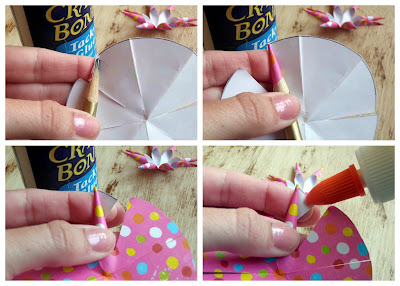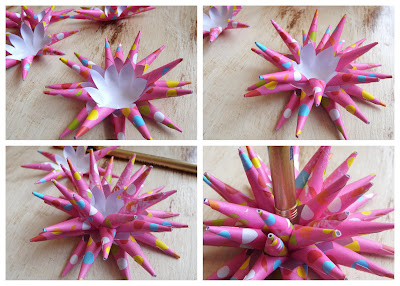Harajuku is the common name for the area around Harajuku Station on the Yamanote Line in the Shibuya ward of Tokyo, Japan.
Every Sunday, young people dressed in a variety of styles including gothic lolita, visual kei, and decora, as well as cosplayers spend the day in Harajuku socializing. The fashion styles of these youths rarely conform to one particular style and are usually a mesh of many. Most young people gather on Jingu Bridge, which is a pedestrian bridge that connects Harajuku to the neighboring Meiji Shrine area.
Harajuku is also a fashion capital of the world, renowned for its unique street fashion. Harajuku street style is promoted in Japanese and international publications such as Kera, Tune, Gothic & Lolita Bible and Fruits. Many prominent designers and fashion ideas have sprung from Harajuku and incorporated themselves into other fashions throughout the world. (read more)
Every Sunday, young people dressed in a variety of styles including gothic lolita, visual kei, and decora, as well as cosplayers spend the day in Harajuku socializing. The fashion styles of these youths rarely conform to one particular style and are usually a mesh of many. Most young people gather on Jingu Bridge, which is a pedestrian bridge that connects Harajuku to the neighboring Meiji Shrine area.
Harajuku is also a fashion capital of the world, renowned for its unique street fashion. Harajuku street style is promoted in Japanese and international publications such as Kera, Tune, Gothic & Lolita Bible and Fruits. Many prominent designers and fashion ideas have sprung from Harajuku and incorporated themselves into other fashions throughout the world. (read more)









































































